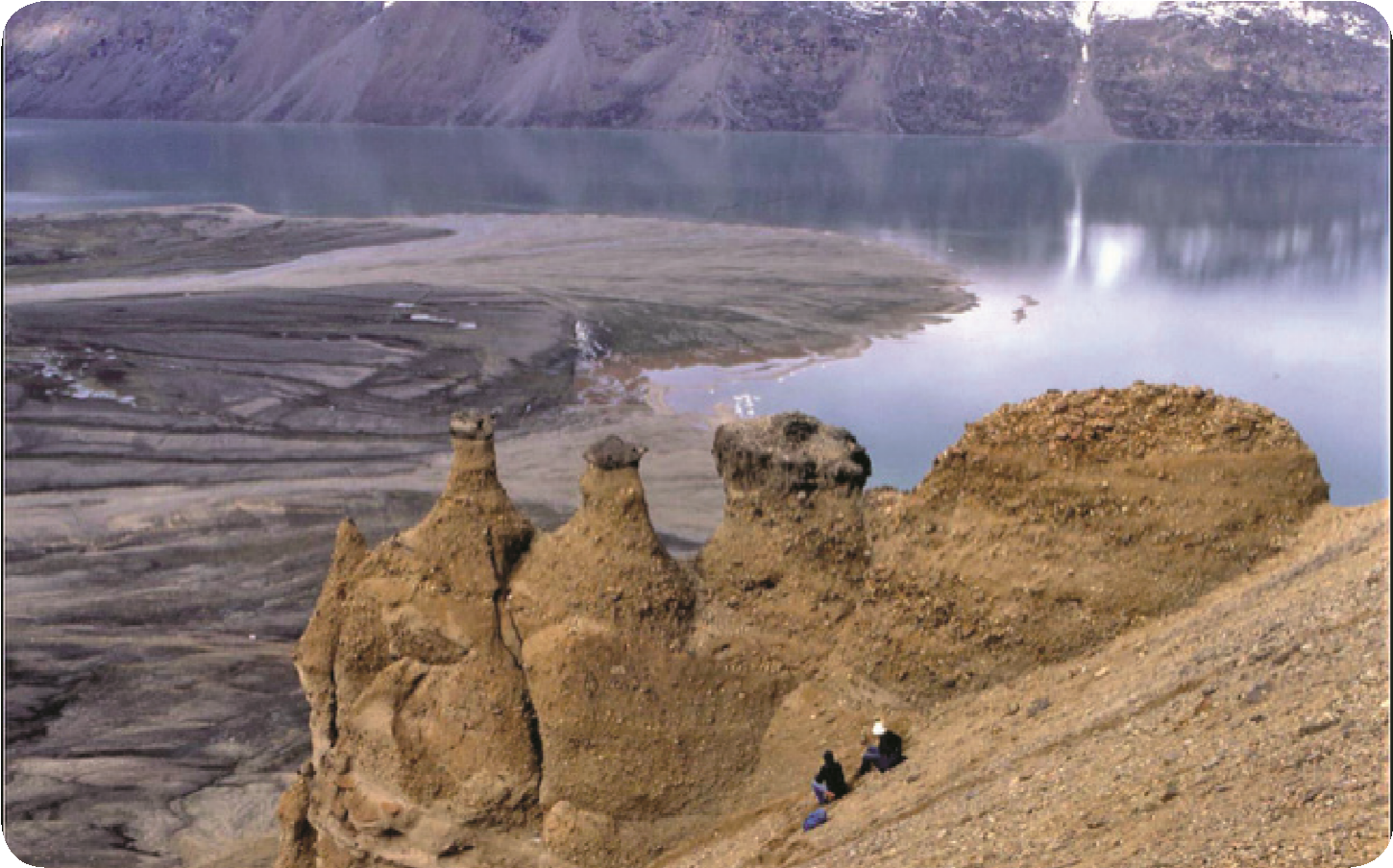2nd November 2017
Petroleum geologists building the computer models used to develop oil and gas fields often rely on analogues from outcrop to provide the 3D sedimentary geometry of the hydrocarbon bearing reservoir. Choosing the appropriate analogue is critical. If an inappropriate analogue is chosen development wells may be drilled in the wrong place resulting in poor well productivity or even unproductive wells. The development of the depositional model often changes as the field is developed and more data is recovered. The choice of analogue may also evolve as development progresses.
The reservoir of the South Brae oil field, located in the South Viking Graben, comprises Late Jurassic clastic deposits associated with the graben bounding fault. To date some 340 mmbbls of oil have been produced from some 800 mmbbls originally in the reservoir, and it is still producing today. The depositional model of the reservoir sandstones has been the subject of some controversy. Initially the reservoir was thought by Marathon Oil to be a series of stacked fan deltas, but their rival company, Britoil, preferred a small radius submarine fan setting. These differing models present very different reservoir geometries and development strategies.
Analogous structural settings to the Viking Graben are found in Wollaston Foreland of East Greenland and near Brora on the Moray Firth coast of Scotland. Both localities were visited as potential analogues to the South Brae reservoir. These visits, along with detailed sedimentological and palaeontological work on the core material recovered, allied to better quality 3D seismic survey data extensive reservoir engineering studies by the Brae teams, resulted in and improved reservoir models both at the field and regional scales. Though no one outcrop visited provided a complete analogue for the South Brae reservoir they certainly allowed a much better understanding of depositional processes within the evolving rift basin and the likely organisation of the reservoir units and their controls.

